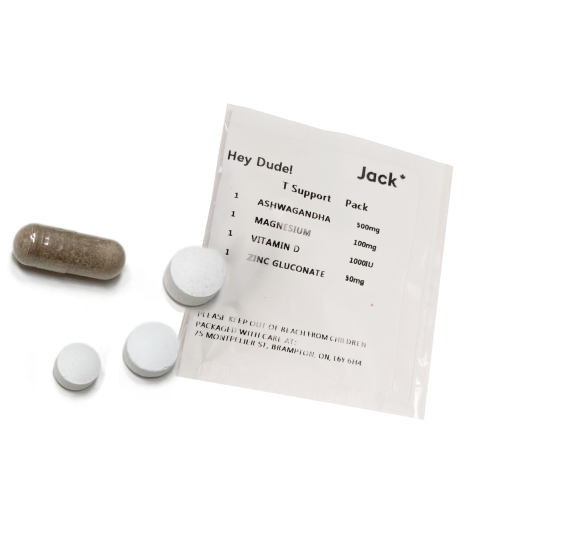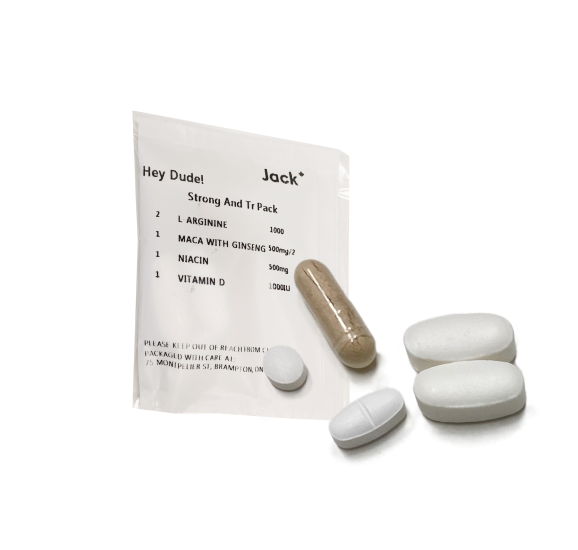Mounjaro Dosage Guide
In the ever-evolving field of diabetes management, Mounjaro (tirzepatide) represents a significant advancement for individuals.This comprehensive dosage guide is meticulously crafted to provide healthcare professionals, patients, and caregivers with authoritative and detailed information on the administration of Mounjaro.
Emphasizing the importance of precision and adherence in care, we delve into the critical aspects of Mounjaro dosage, including individualized dosing recommendations, administration techniques, and essential considerations for patients. Let us explore together the nuances of this innovative treatment option.
Who is Mounjaro Prescribed for?
Mounjaro, also known by its generic name tirzepatide, is primarily prescribed for adults with type 2 diabetes. It is used to improve blood sugar control in these patients.
Mounjaro is especially beneficial for individuals who have not achieved their target blood sugar levels through diet and exercise alone or combined with other diabetes medications. It’s important to note that Mounjaro is not recommended for the treatment of type 1 diabetes or for people with a history of pancreatitis.
As with any medication, the decision to prescribe Mounjaro should be based on a thorough evaluation of the patient’s overall health, medical history, and specific needs by a healthcare professional.
How Does Mounjaro Work?
Mounjaro, known by its generic name tirzepatide, is a unique drug. Dr. Cecilia Low Wang, an expert, explains that Mounjaro is a “dual-agonist,” activating two receptors simultaneously: glucagon-like peptide-1 (GLP-1) and glucose-dependent insulinotropic polypeptide (GIP).
This double-action approach is more effective than single-receptor agonists like semaglutide (found in Ozempic and Wegovy) The innovative mechanism of Mounjaro provides a significant advantage for patients
Factors Affecting Mounjaro Dosage
The dosage of Mounjaro medication is influenced by several key factors. Healthcare providers consider the following when prescribing Mounjaro:
Your Age
Age is a crucial factor in determining the dosage of Mounjaro. Older adults may require a different dosage or close monitoring due to potentially reduced kidney function or other age-related factors.
Other Medical Conditions You Have
The presence of other medical conditions, such as kidney or liver disease, can influence how your body responds to Mounjaro. Your doctor will assess your overall health and may adjust the medication accordingly.
The Condition You Are Using Mounjaro
Mounjaro’s effectiveness means it might be prescribed for other conditions.. The dosage may vary based on the specific condition being treated.
Other Medications
Mounjaro can interact with other medications, including insulin and sulfonylureas. It’s important to inform your doctor about all your medications to avoid adverse reactions and ensure proper dosage adjustments.
Mounjaro Injection Dosage
Mounjaro is administered as a subcutaneous injection. The medication comes in various dosage strengths, allowing for personalized treatment plans.
Patients typically start with a lower dose, gradually increasing based on their response to the medication and tolerance levels. This titration process is essential to minimize side effects and maximize the drug’s effectiveness.
The specific dosages of Mounjaro include 2.5 mg, 5 mg, 7.5 mg, 10 mg, 12.5 mg, and 15 mg. The initial dose is usually 2.5 mg once a week, which can be increased over time to a maximum of 15 mg weekly, depending on the patient’s needs and the doctor’s assessment.
Regular monitoring and consultation with a healthcare provider are crucial to ensure the dosage is effective and safe for the individual’s health condition.
For those new to Mounjaro, it’s important to have a comprehensive understanding of the medication. To learn more about Mounjaro and its use you can explore our detailed Mounjaro Guide, which offers additional insights and information.
What is Mounjaro’s Form?
Mounjaro (tirzepatide) is formulated as a liquid solution for subcutaneous injection. It is available in prefilled, single-use pens designed for ease of use. These pens are specifically designed for self-administration, allowing patients to inject the medication themselves.
The form of Mounjaro as an injectable solution is critical for its effectiveness, as it ensures the medication is delivered directly into the body’s tissue, enhancing its absorption and action. This delivery method is particularly suitable for medications like Mounjaro that are used to manage chronic conditions.
What Strength Does Mounjaro Come in?
Mounjaro (tirzepatide) is available in multiple strengths to accommodate individualized treatment plans for patients. The strengths of Mounjaro include 2.5 mg, 5 mg, 7.5 mg, 10 mg, 12.5 mg, and 15 mg per dose.
This range of strengths allows healthcare providers to tailor the dosage to the patient’s specific needs, starting at a lower dose and gradually increasing to the most effective and tolerable level.
The availability of various strengths is essential for optimizing management and achieving the best possible health outcomes for patients.
What is the Mounjaro Dosage Chart?
The Mounjaro dosage chart provides a structured approach to dosing for patients starting this medication. Here’s what you need to know about this:
- Starting Dose: 2.5 mg once weekly for four weeks.
- First Increase: If needed, increase to 5 mg once weekly for at least four weeks.
- Subsequent Increases: Followed by step-wise increases to 7.5 mg, 10 mg, 12.5 mg, and up to 15 mg once weekly, each for a minimum of four weeks.
- Maximum Dose: 15 mg once weekly.
- Administration: All doses are injected subcutaneously.
- Supply: Dispensed as one box containing 4 pens for a 28-day supply.
- Titration Period: Gradual increase in dose helps assess tolerance and effectiveness at each level.
- Monitoring: Regular monitoring for tolerability and side effects is important during the titration period.
This gradual increase helps in assessing the patient’s tolerance and effectiveness of the medication at each dosage level. It’s important for healthcare providers to consider the patient’s history and monitor for tolerability and side effects during this titration period. All doses are injected subcutaneously once weekly and dispensed as one box of 4 pens for a 28-day supply.
Mounjaro Dosage
Mounjaro (tirzepatide) is an effective medication that helps improve glycemic control when used alongside diet and exercise. The dosage of Mounjaro is tailored to each patient, starting with a 2.5 mg dose once weekly for the initial four weeks.
This is primarily for treatment initiation, If additional control is needed, the dose can be progressively increased in increments (5 mg, 7.5 mg, 10 mg, 12.5 mg, and up to a maximum of 15 mg once weekly), each for at least four weeks.
Each dose increment aims to enhance control while monitoring for tolerability and side effects. It is important to consider the patient’s history when dosing Mounjaro. All doses are administered subcutaneously once weekly and dispensed as 1 box of 4 pens for a 28-day supply.
This dosing regimen allows for customizable control, tailored to the patient’s response and tolerance to the medication.
Type 1 Diabetes & Mounjaro Dosage
Mounjaro (tirzepatide) is an effective treatment option for adults with type 2 diabetes mellitus, particularly when combined with diet and exercise to improve glycemic control. However, it is important to note that Mounjaro is not indicated for use in patients with type 1 diabetes mellitus.
The drug has not been studied in individuals with a history of pancreatitis, and its safety and efficacy in such patients remain uncertain.
Type 2 Diabetes & Mounjaro Dosage
For patients with type 2 diabetes, Mounjaro (tirzepatide) offers a promising treatment option that can be tailored to individual needs. The dosing starts at 2.5 mg once weekly for the first four weeks, primarily for treatment initiation rather than glycemic control.
If further glycemic control is required, the dose can be gradually increased in steps: to 5 mg, 7.5 mg, 10 mg, 12.5 mg, and up to a maximum of 15 mg once weekly, with each dose level maintained for at least four weeks.
This stepwise approach allows healthcare providers to monitor each patient’s response to the medication and adjust the dosage accordingly, ensuring optimal efficacy and minimizing side effects.
The dosing regimen is designed to be flexible, adapting to the patient’s evolving needs and treatment responses. Regular monitoring is essential to ensure the best possible outcomes in managing type 2 diabetes with Mounjaro.
Effects on Blood Sugar Levels
Mounjaro has been shown to significantly reduce blood sugar levels in patients with type 2 diabetes. Regular blood sugar monitoring is essential to optimize treatment and adjust dosages as necessary.
While Mounjaro effectively lowers blood sugar levels, being aware of potential side effects is essential. For a comprehensive overview of what to expect, including common and rare side effects, visit our Mounjaro Side Effects insight.
Drug Interactions & Glycemic Control
Mounjaro may interact with other drugs, affecting its efficacy and safety. It’s crucial to discuss all medications with your healthcare provider to ensure proper management of blood sugar levels and avoid potential drug interactions.
How to Use Mounjaro
Using Mounjaro (tirzepatide) correctly is essential for achieving optimal results. This medication, administered as a subcutaneous injection, requires careful attention to dosing schedules, injection techniques, and storage guidelines.
Here, we’ll guide you through the key steps of using Mounjaro, from preparing the injection to administering it safely and effectively.
Step 1: Choose Your Injection Site
Select a clean, dry area of your abdomen, thigh, or upper arm for the injection. Rotate the injection site with each dose to reduce the risk of skin irritation.
Step 2: Remove the Gray Base Cap
Remove the cap from the Mounjaro pen to expose the needle. Be sure to follow the instructions provided with the medication for safe and effective administration.
Step 3: Position the Pen on the Injection Site
Hold the pen against the chosen injection site at a 90-degree angle. Make sure the area is free of clothing and skin folds.
Step 4: Inject Mounjaro
Press the button on the pen to inject the medication. Count slowly to ensure the full dose is delivered.
Step 5: Safely Dispose of the Used Pen
After injection, dispose of the used pen in a sharps container according to local regulations. Do not reuse the pen.
Timing is crucial when administering Mounjaro to ensure maximum effectiveness. For more information on when to take your dose for optimal results, read our article on the Best Time to Take Mounjaro.
Administration of Mounjaro
Administering Mounjaro (tirzepatide) properly is a crucial aspect of treatment. This medication, taken through subcutaneous injection, requires precise handling and administration techniques to ensure its efficacy and safety.
Let’s explore the best practices for administering Mounjaro to achieve optimal therapeutic outcomes.
How to Administer Mounjaro
Administering Mounjaro correctly is key to effective diabetes management. Here’s a step-by-step guide:
- Prepare the Injection Site: Choose a clean area on your abdomen, thigh, or upper arm. Avoid areas with scars, bruises, or irritation.
- Check the Pen: Before use, inspect the Mounjaro pen for any damage and ensure the solution is clear and colorless.
- Remove the Cap: Remove the pen’s cap to reveal the needle.
- Clean the Site: Wipe the chosen area with an alcohol swab and let it dry.
- Inject the Dose: Hold the pen at a 90-degree angle to your skin, press the button to release the medication, and hold for the recommended time to ensure the full dose is administered.
- Dispose of the Pen: Safely discard the used pen in a sharps disposal container.
- Record the Dose: Keep track of your injections, noting the time and site of each dose.
These steps ensure that Mounjaro is administered safely and effectively
Storage and Handling of the Medication
Store Mounjaro in the refrigerator, but avoid freezing. It can be kept at room temperature for a limited time if necessary. Always check the expiration date and the appearance of the solution before use.
Case of Missed Doses
If you miss a dose of Mounjaro, take it as soon as you remember, as long as it’s within 3 days of the missed dose. If it’s been more than 3 days, skip the missed dose and take your next dose on the regularly scheduled day.
Things to Consider When Taking Mounjaro
When taking Mounjaro (tirzepatide) it’s important to consider several factors for safe and effective treatment:
- Potential Side Effects: Be aware of possible side effects like nausea, diarrhea, reduced appetite, and injection site reactions. Report any severe or persistent symptoms to your healthcare provider.
- Interactions with Other Medications: Inform your doctor about all medications you are taking, as Mounjaro can interact with other drugs, affecting its efficacy and safety.
- Diet and Exercise: A balanced diet and regular exercise are crucial for enhancing the effectiveness of Mounjaro
- Pregnancy and Breastfeeding: Consult your healthcare provider if you are pregnant, planning to become pregnant, or breastfeeding, as the safety of Mounjaro in these conditions is not fully established.
- Medical Conditions: Inform your doctor about any other medical conditions you have, as they may affect how you should use Mounjaro.
- Alcohol Consumption: Be cautious with alcohol intake, interact with Mounjaro.
- Regular Monitoring: Attend follow-up appointments to assess the medication’s effectiveness and make any necessary adjustments.
By considering these factors, you can help ensure a safe and effective treatment experience with Mounjaro.
What Happens When You Overdose Mounjaro?
Overdosing on Mounjaro (tirzepatide),can lead to several severe symptoms. These symptoms include nausea and vomiting, severe stomach pain, low blood sugar (hypoglycemia), headache, dizziness, confusion, seizures, and unconsciousness.
In the event of an overdose, it’s crucial to seek immediate medical attention. The management of an overdose involves contacting emergency services, providing information about the medication and dosage taken, and receiving medical treatment to counteract the effects of the overdose.
Healthcare professionals will assess the situation and may administer medications to mitigate the overdose effects, alongside monitoring vital signs and providing follow-up care. It’s essential always to follow prescribed dosages and consult healthcare providers if there are any concerns regarding Mounjaro usage.
Key Takeaways
- Dosage varies based on individual factors like age, other medical conditions, and other medications.
- Mounjaro is administered as a once-weekly subcutaneous injection.
- Proper storage and handling of the medication are essential.
- Regular monitoring and consultation with a healthcare provider are key for effective treatment.
Frequently Asked Questions
How Often Should I Use Mounjaro?
Mounjaro is typically used once a week. The exact schedule should be determined by your healthcare provider.
Is Treatment with Mounjaro for Weight Loss Long Term?
Treatment duration with Mounjaro for weight loss depends on individual response and tolerance. Consult your healthcare provider for guidance on long-term treatment plans.
What Should I Do If I Miss a Dose?
If you miss a dose of Mounjaro and it’s within 3 days of the missed dose, take it as soon as you remember. If it’s been over 3 days, skip the missed dose and resume your regular dosing schedule. Always consult with your healthcare provider for personalized advice.
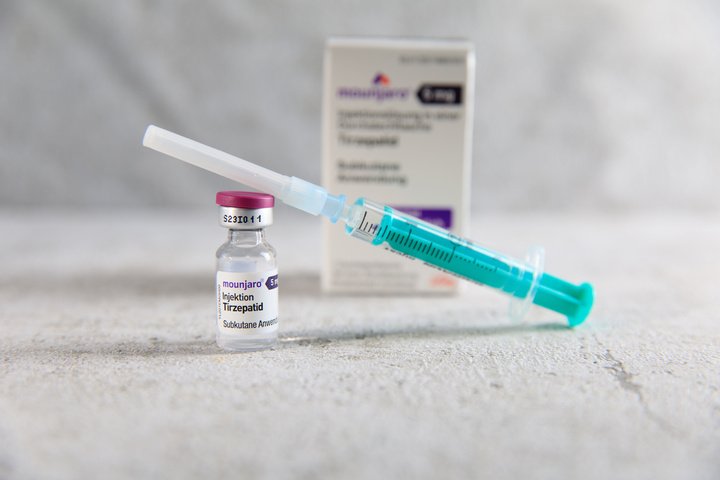





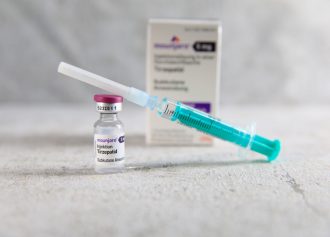
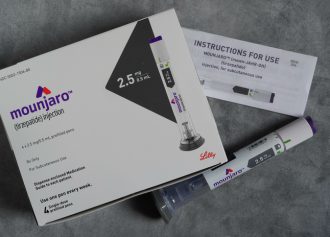







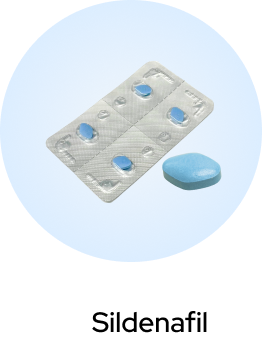
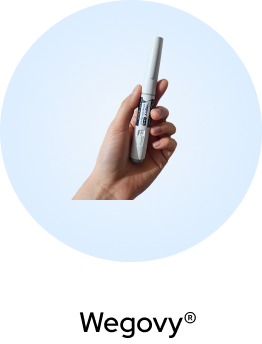
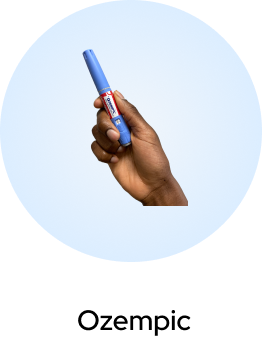


 (US)
(US)
